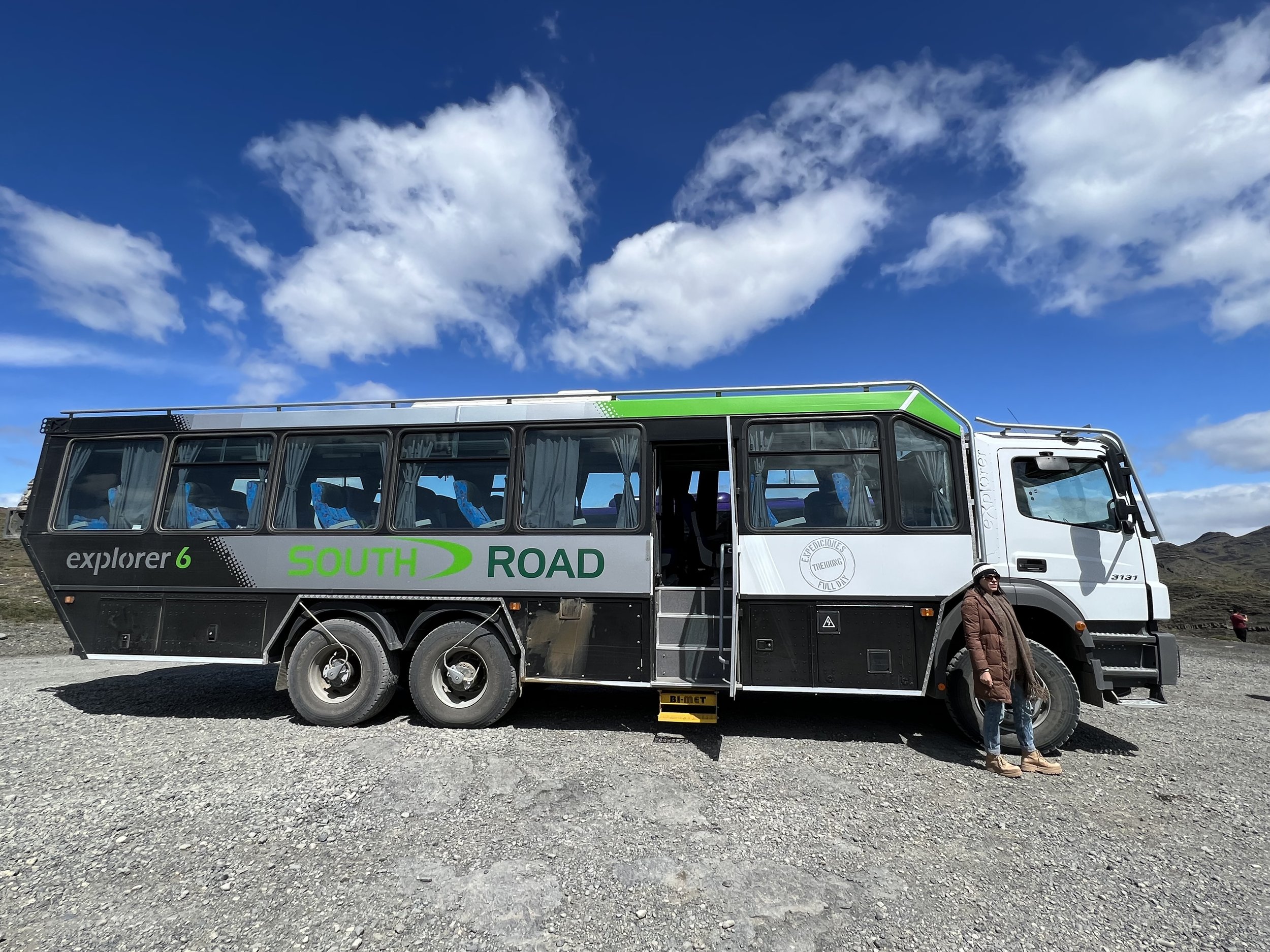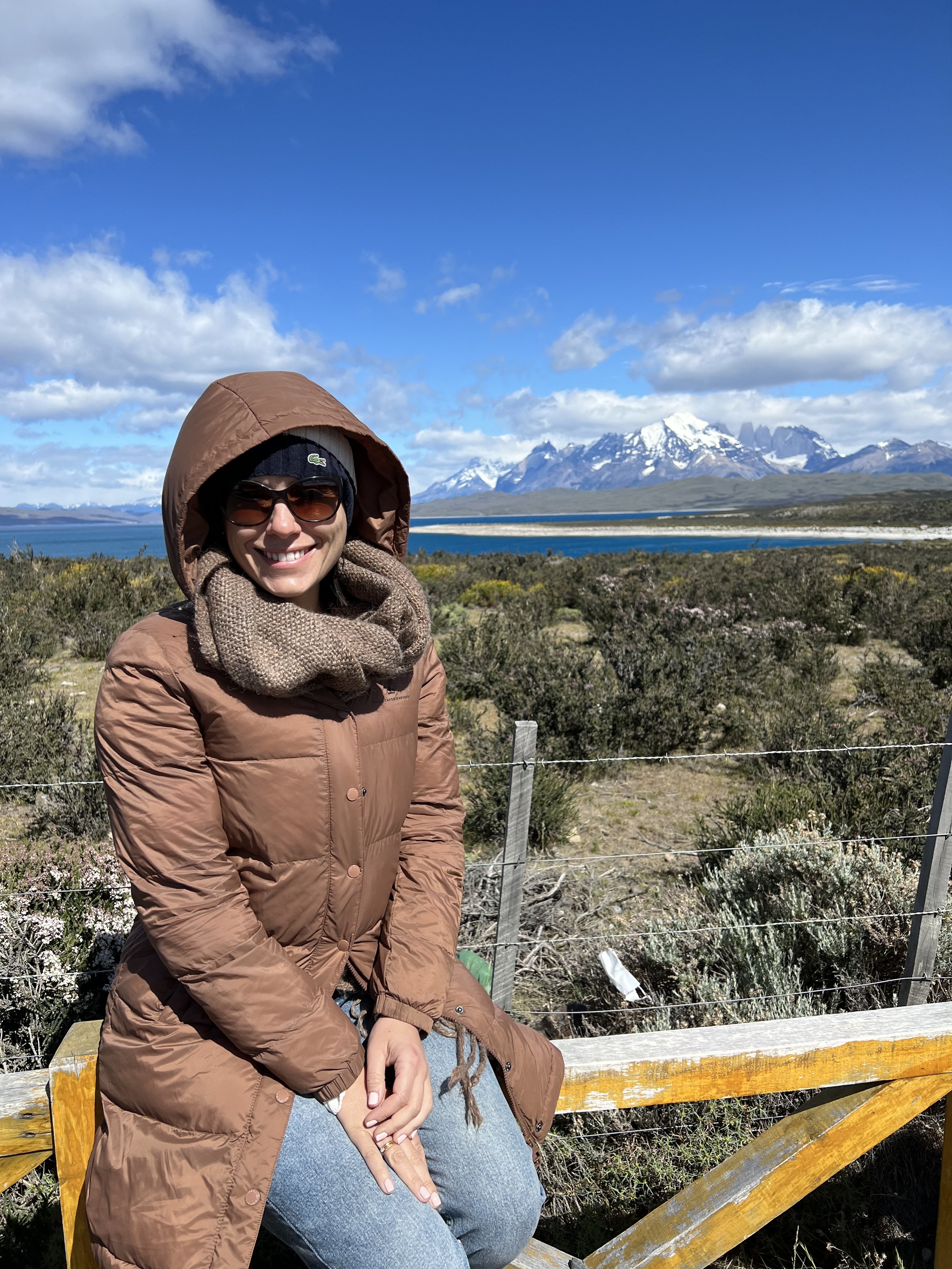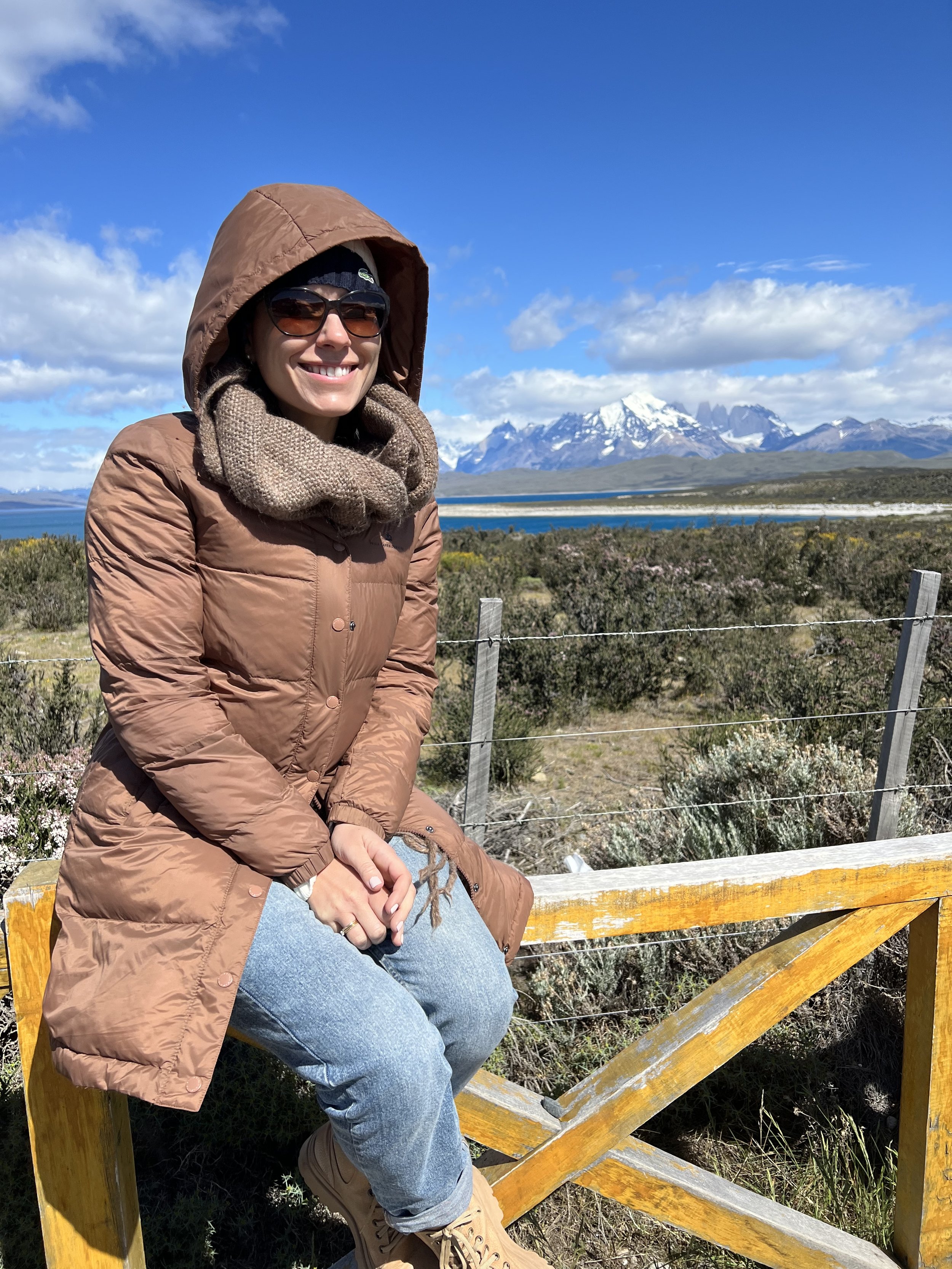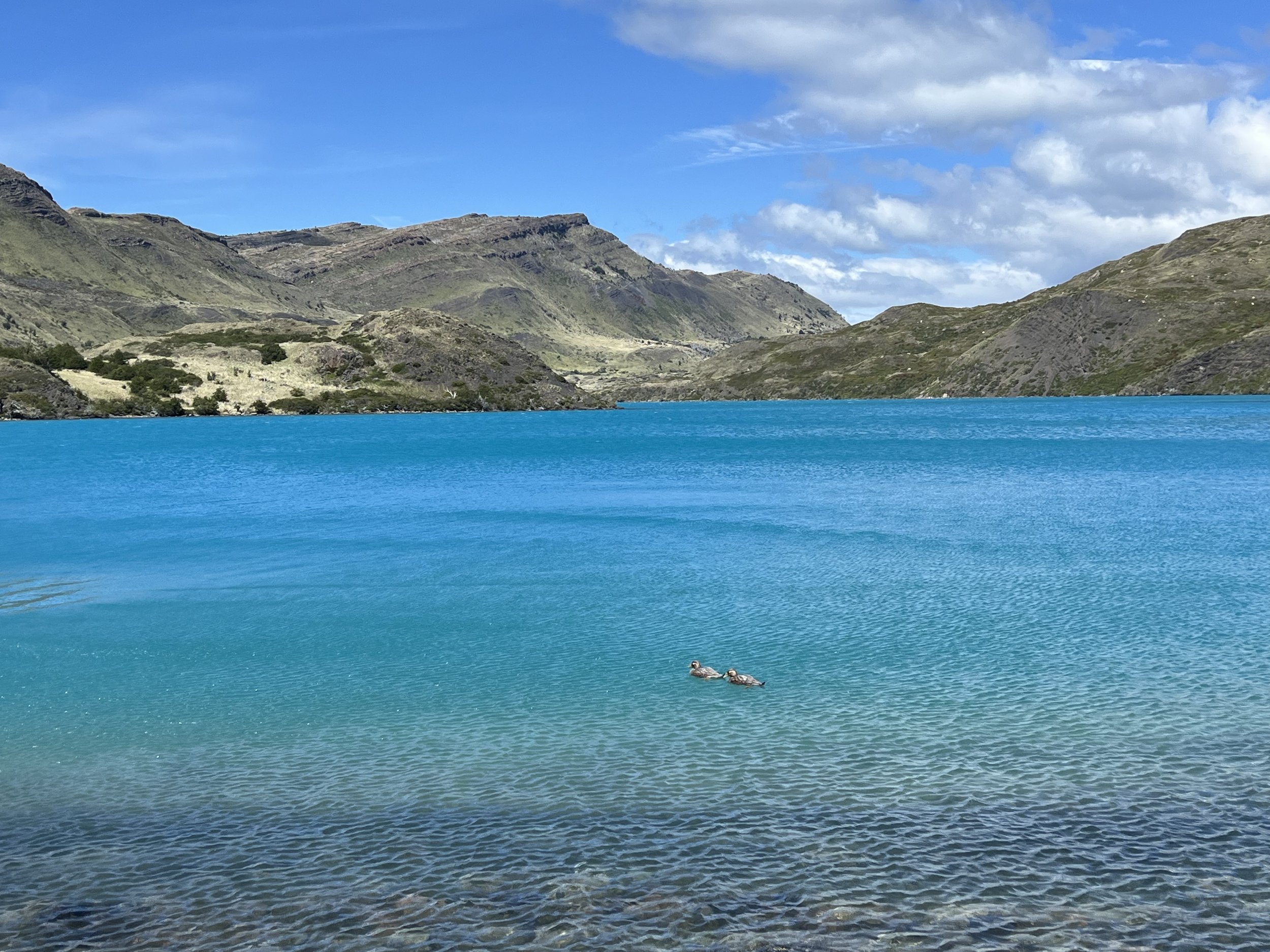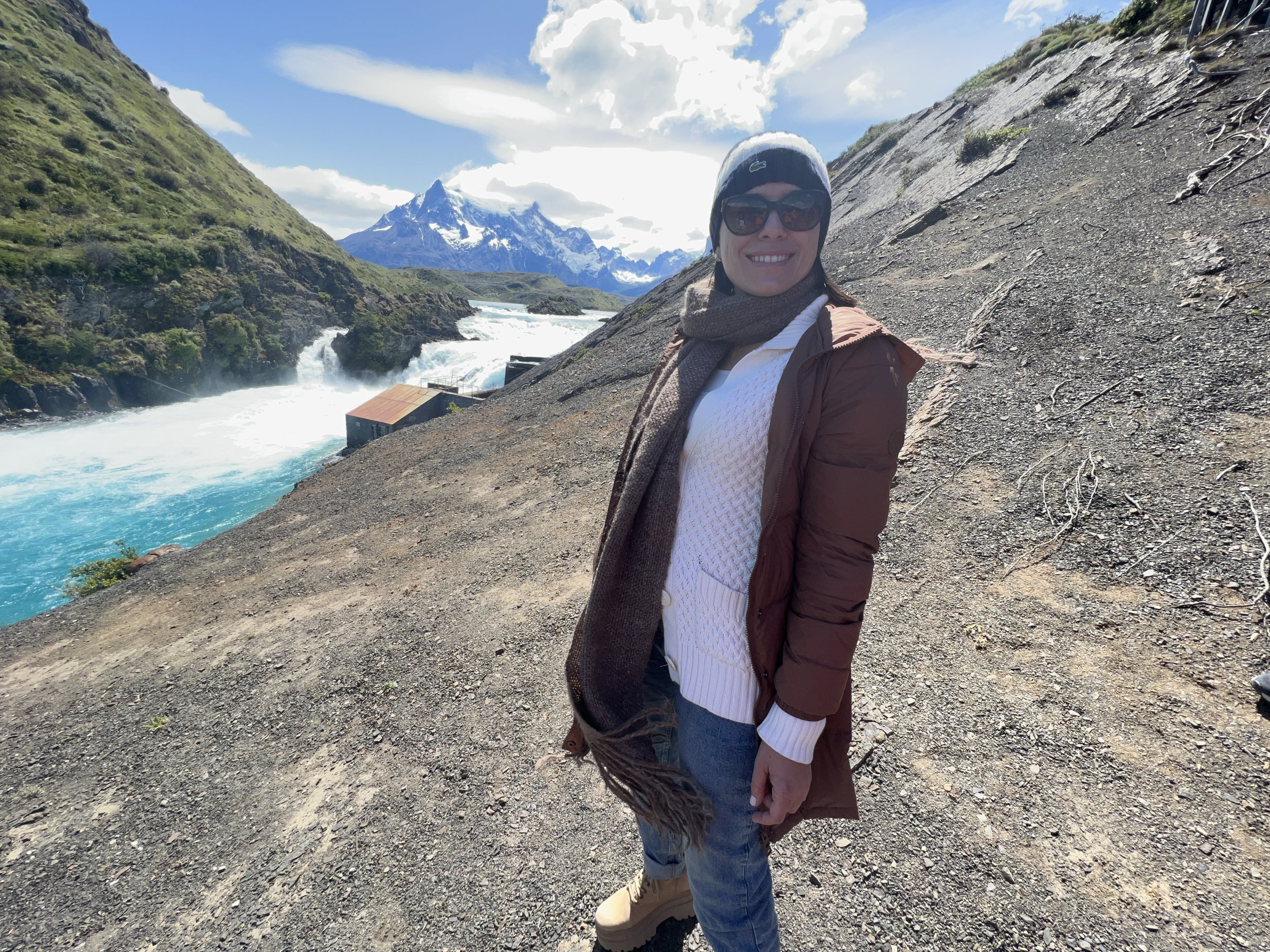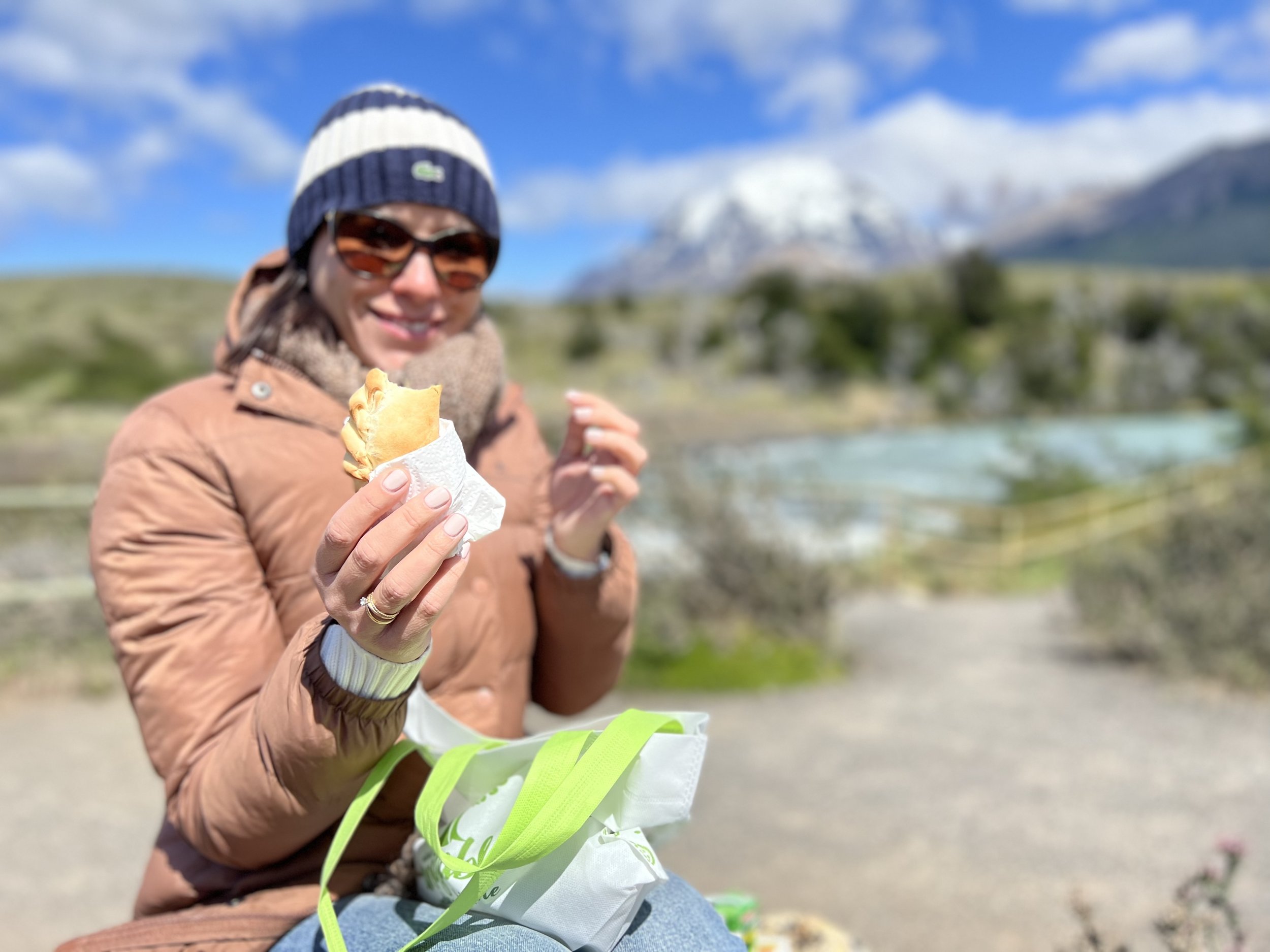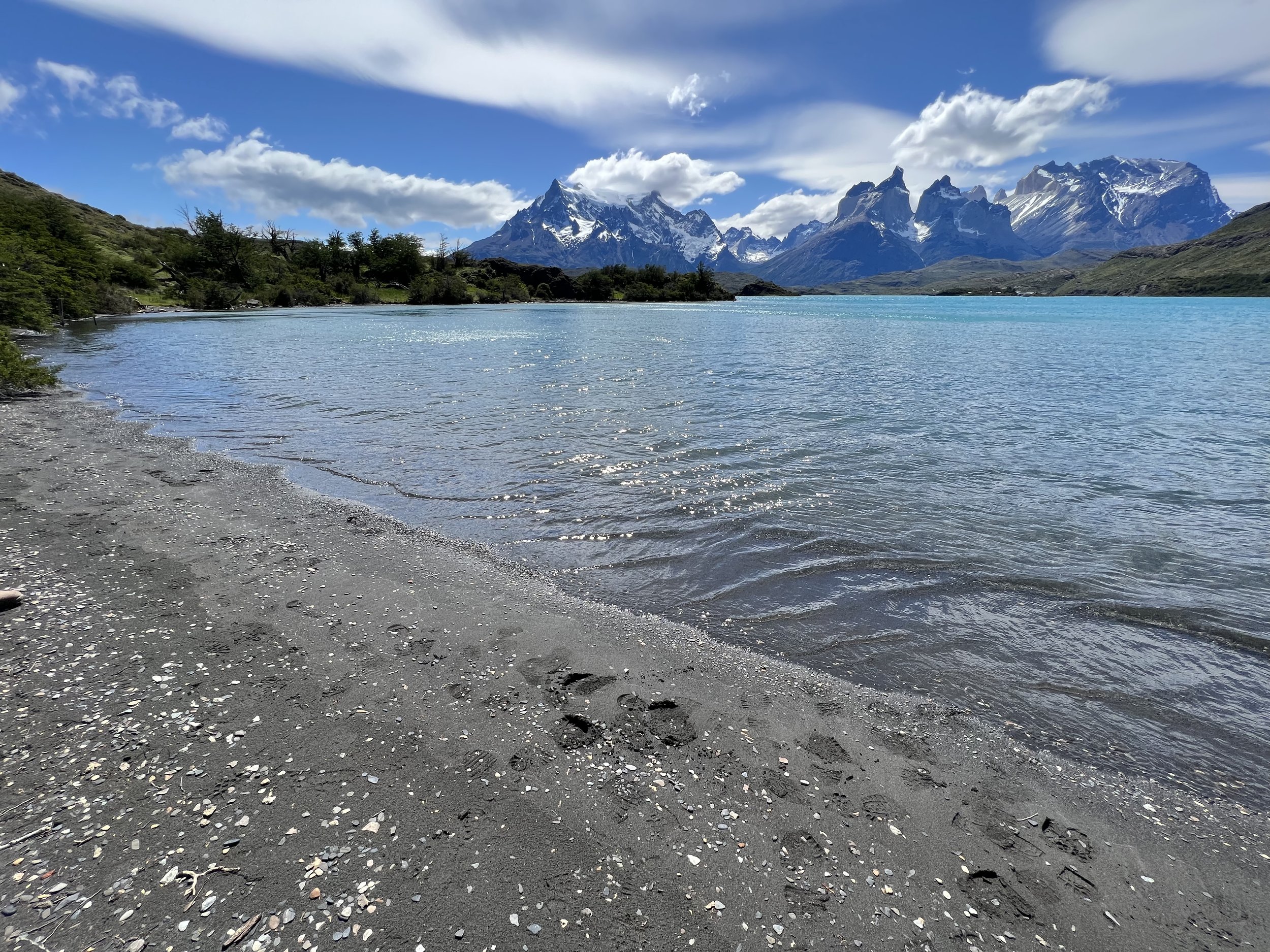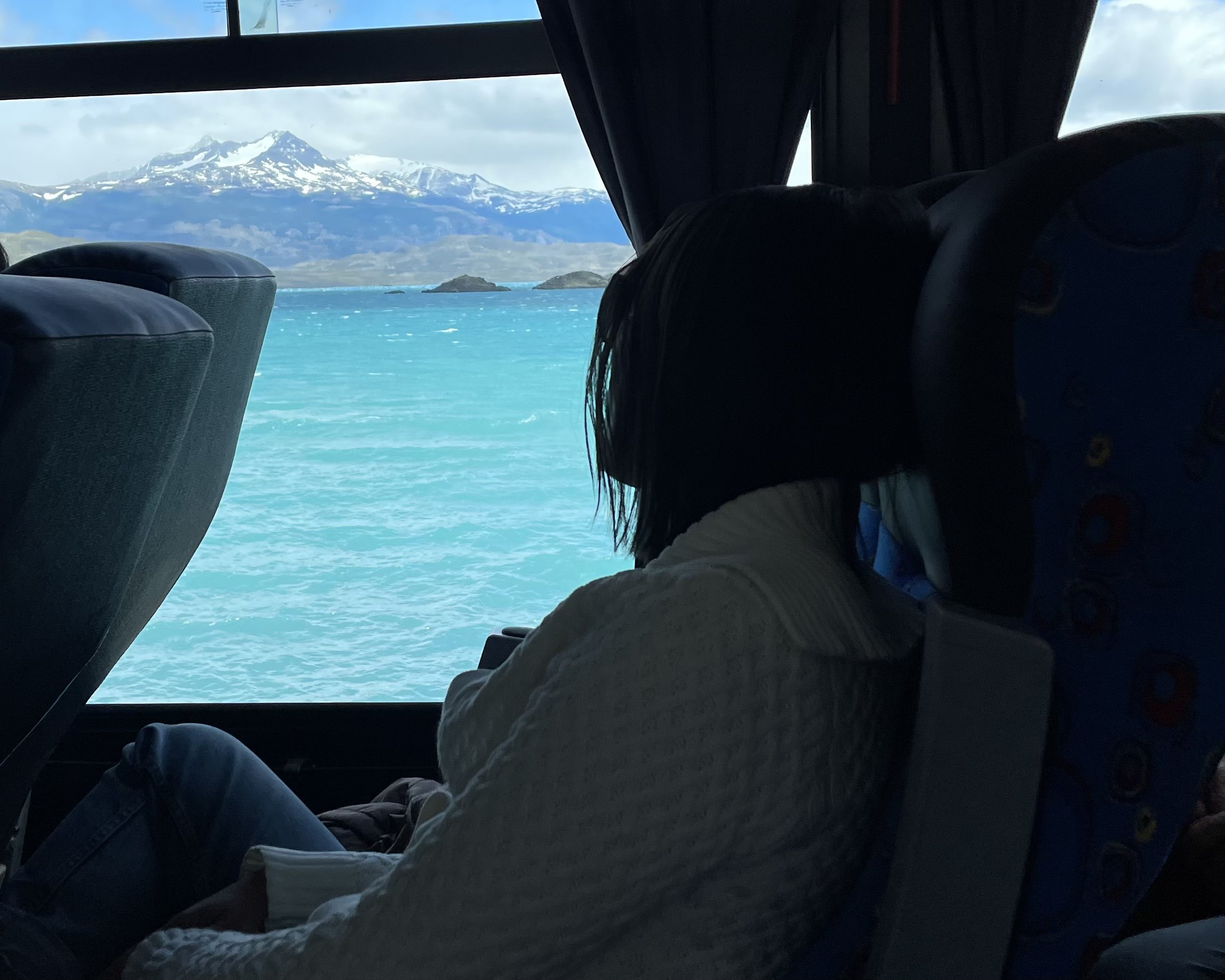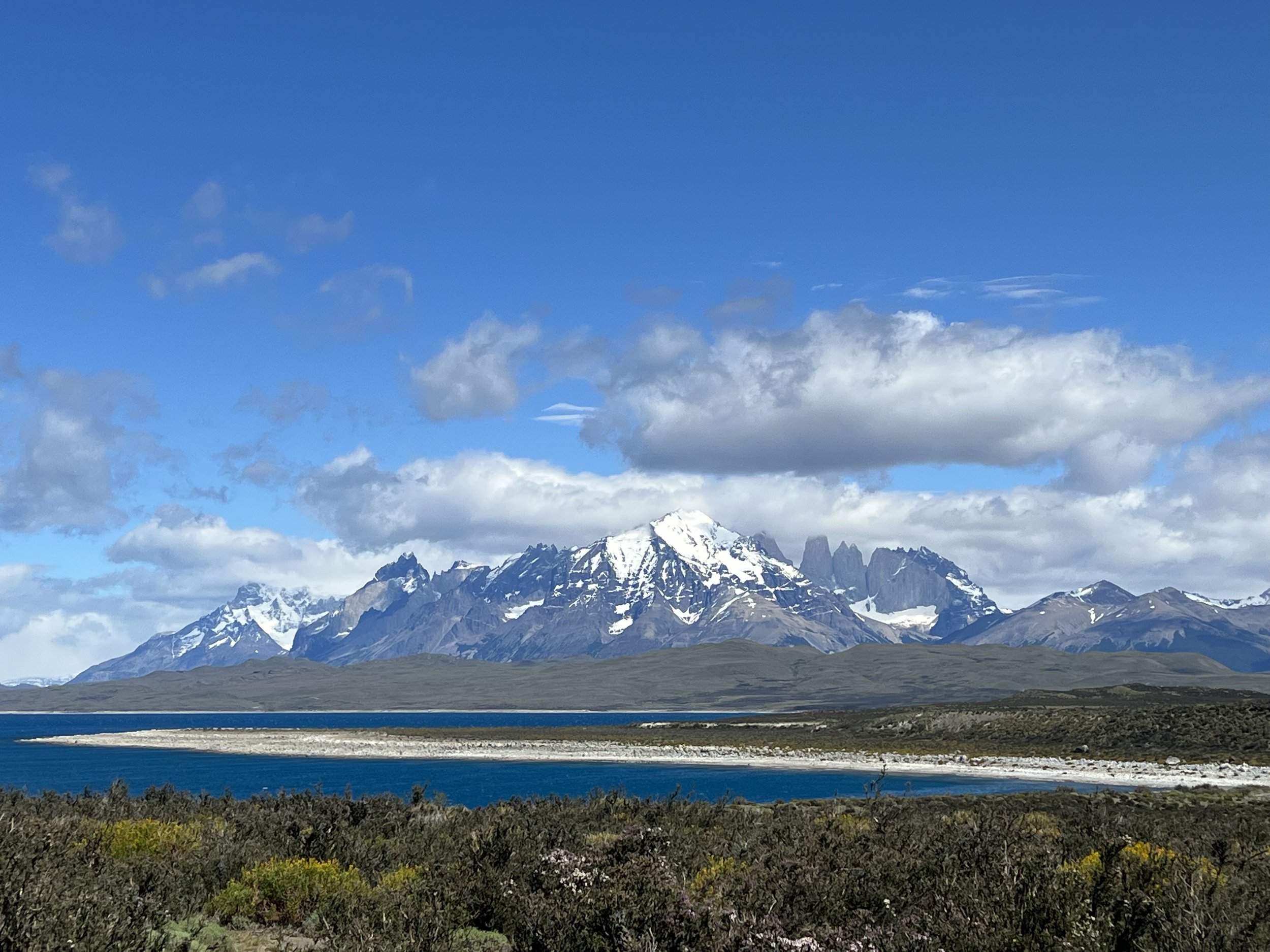Paine Towers
Beauty on the Chilean sideOn our trip to El Calafate, the city of glaciers, we decided to take the tour to visitTorres del Paine National Park (Parque Nacional Torres del Paine), located in the adjacent Chilean province of Última Esperanza.
The mountainous structure of Torres del Paine, contrary to initial belief, is not part of the Andes. It is separated from El Calafate by the Baguales Mountains, and that is why it is possible to take an excursion in a 4 × 4 truck, which thanks to a gravel detour allows the visitor to reach the Chilean border in much less time than the paved option, via Puerto Natales.
The tour starts very early in the morning because it takes about three hours to reach the border, where after the migratory and sanitary control, the visitor enters the neighboring country.
During the tour the local fauna crossed the road: suris, guanacos and sheep. On the Chilean side, the incredible spectacle of a dozen condors gliding a few meters from the bus awaited us. Surely they had their food on the side of the road.
Once in the park, strategic stops are made at panoramic points from which the extreme beauty of Chilean Patagonia can be appreciated.
The first stop was at Lake Sarmiento, of an intense blue color. It is one of the few places in the world where microorganisms that produce oxygen live and turn it into a mineral: calcium carbonate.
Next, we visit the Amarga, Lagoon, which contains a large amount of phosphorus and potassium. The view from the top is wonderful.
At lunch time, the stop was on the banks of the Paine, waterfall, on the shores of the Paine River, where the food prepared by the El Alambique restaurant in El Calafate, which we had scheduled some time ago to visit after the award obtained in the Prix Baron B, was distributed.
Disfrutamos del lunch en ese entorno natural, mientras el agua de los glaciares se dirigía furiosamente rumbo al océano Pacífico. Su peculiar color se debe a la fricción de las rocas lo que genera sedimentos y le dan un bello color turquesa, similar al que vimos en Puerto Blest, al visitar Bariloche.
We enjoyed lunch in this natural environment, while the water of the glaciers was furiously flowing towards the Pacific Ocean. Its peculiar color is due to the friction of the rocks, which generates sediments and gives it a beautiful turquoise color, similar to the one we saw in Puerto Blest, when visiting Bariloche.
On the way to the Pacific, the water changes color from blue to gray to turquoise.
Torres del Paine means blue in Aoniken or Tehuelche.
Three thousand meters high, some climbers told us that it is the second most difficult to reach after the Asian K2. In addition to the terrain, the weather makes the adventure unpredictable.
Then we stopped at the Holdebforf viewpoint on the other side of Lake Sarmiento, which belongs to the Paine watershed, hence the difference in colors. From there you can see the Paine horns and the Almirante Nieto.
After visiting these impressive strategic points and enjoying the scenery we started the long and tiring return to El Calafate. A last postcard of Fitz Roy, completely clear at sunset, was the perfect coloring of the tiring but courageous visit to the Chilean side.
Once we arrived, with the last energy, we decided to try the gastronomic proposal of El Alambique, Alejandra Repetto's restaurant, to celebrate with a trans-Andean carmenere that extraordinary day lived in Torres del Paine.



